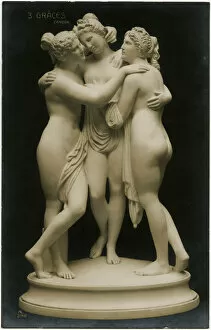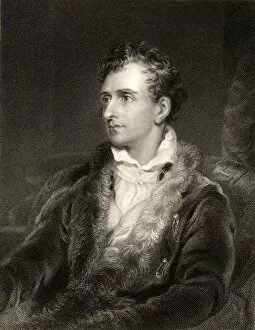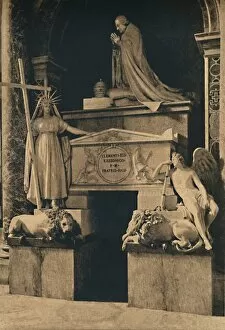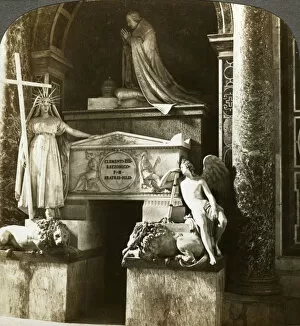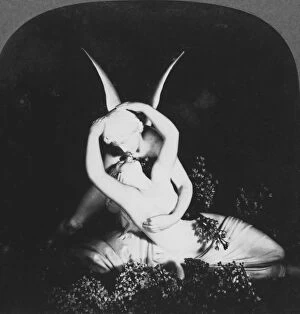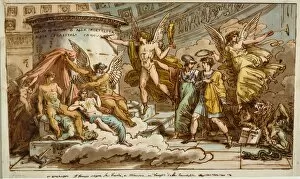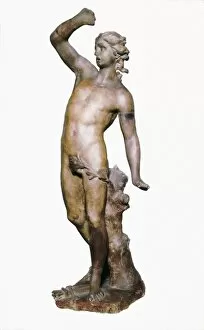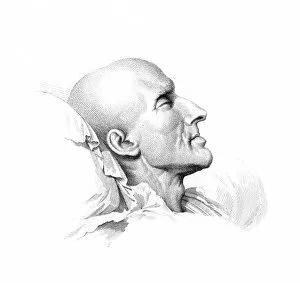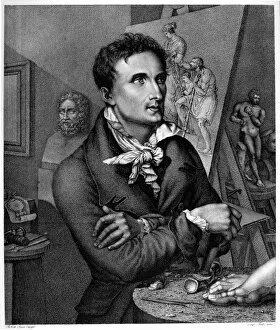Canova Collection (#3)
Antonio Canova, a renowned Italian sculptor from the late 18th to early 19th century, left an indelible mark on the art world with his masterpieces
For sale as Licensed Images
Choose your image, Select your licence and Download the media
Antonio Canova, a renowned Italian sculptor from the late 18th to early 19th century, left an indelible mark on the art world with his masterpieces. One of his most famous works is "The Graces and Venus, " a captivating sculpture that showcases his exceptional talent for capturing grace and beauty in stone. Another notable creation by Canova is "Psyche Revived by Cupid's Kiss, " which mesmerizes viewers with its delicate portrayal of love and tenderness. This masterpiece can be admired at Antonia Canovas sculpture exhibition. "Mars and Venus" is another exquisite piece that demonstrates Canova's ability to breathe life into marble. The steel engraving after this sculpture perfectly captures the artist's attention to detail and skillful craftsmanship. In "Eros and Psyche, " we witness Canova's mastery in depicting mythical tales through sculptures. This particular artwork beautifully narrates the story of forbidden love between Eros, the god of desire, and Psyche, a mortal princess. It also showcased his versatility as an artist with his colossal horse model. The intricately designed horse stands as a testament to his ability to create grandeur even in non-human forms. One remarkable architectural marvel attributed to the Stuart Monument, designed during 1817-1819. This neoclassical structure pays homage to British royalty while showcasing Canova's expertise in creating monumental sculptures. "The Three Graces" further exemplifies Canova's fascination with classical mythology. These enchanting figures embody elegance, charm, and harmony - characteristics synonymous with Antonio Canovas' artistic style. "Cupid and Psyche" graces the Louvre Museum in Paris as one of its prized possessions. This ethereal sculpture immortalizes their timeless tale within its intricate details carved by Antonio himself. An old photograph from the 1920s captures another rendition of Amor (Cupid) embracing Psyche.






